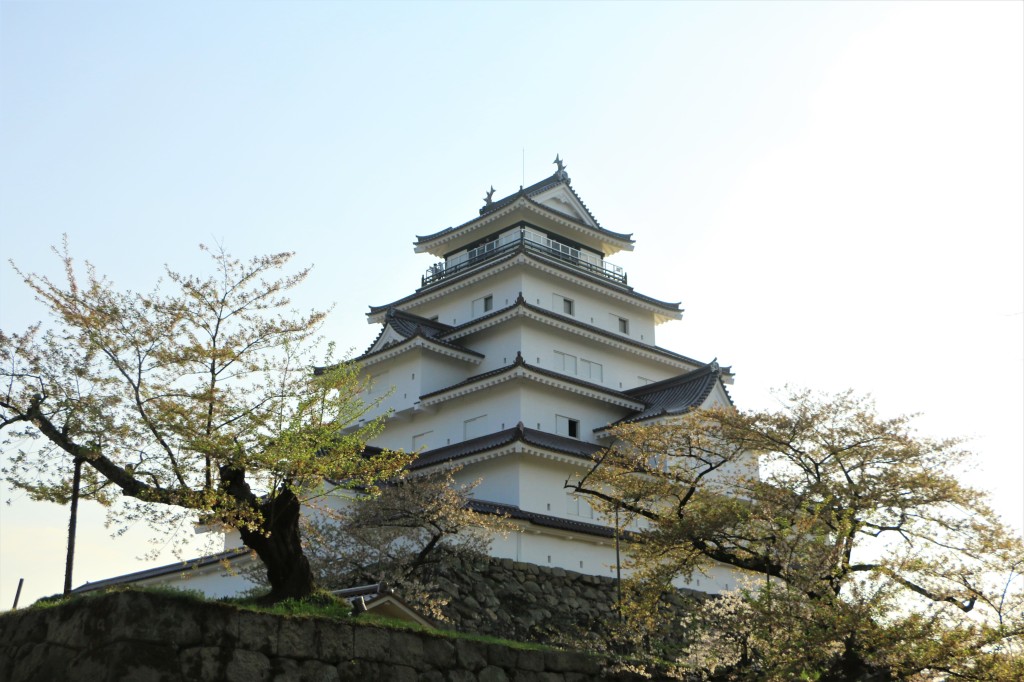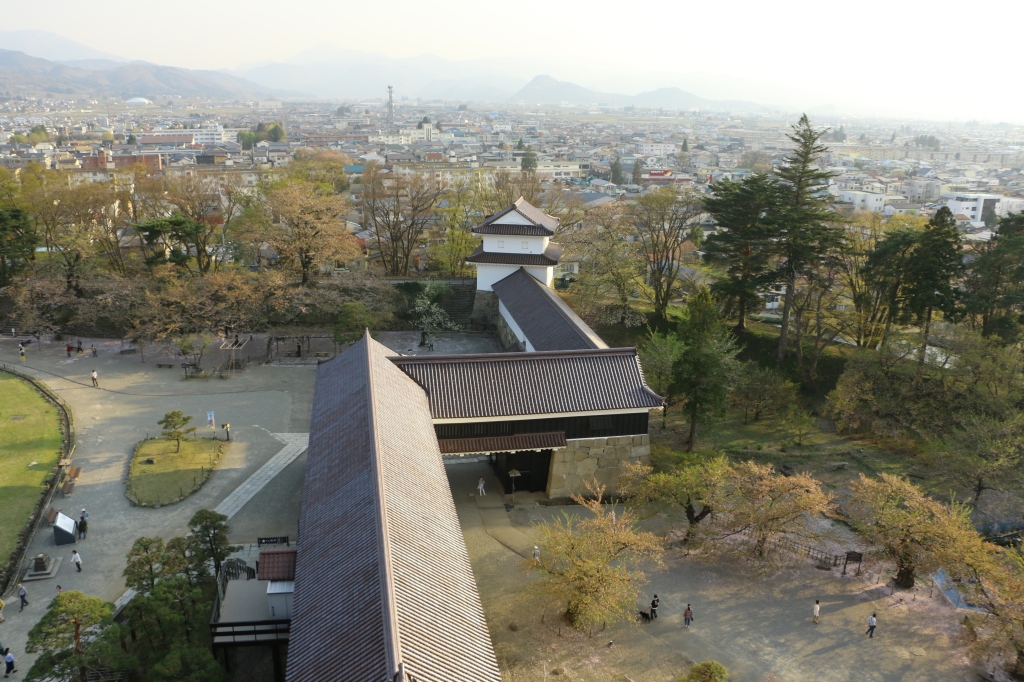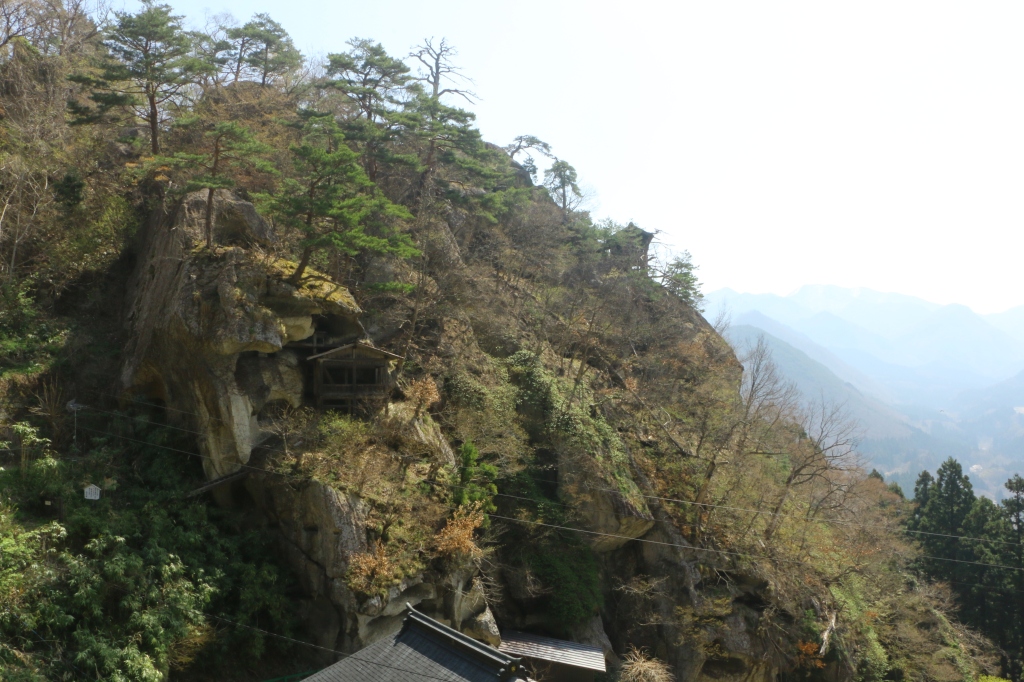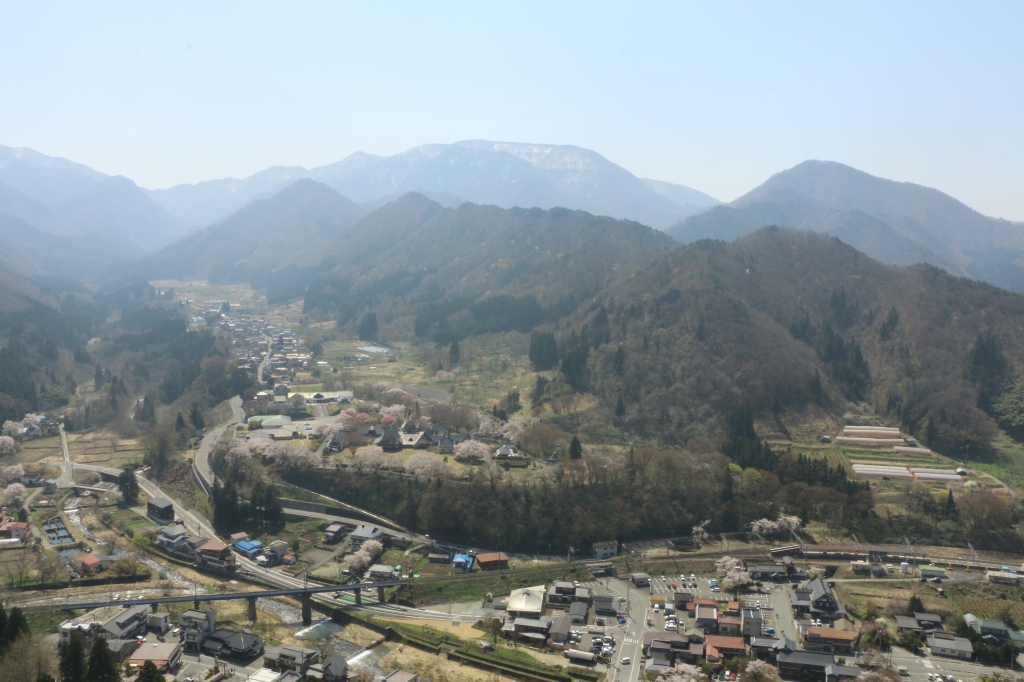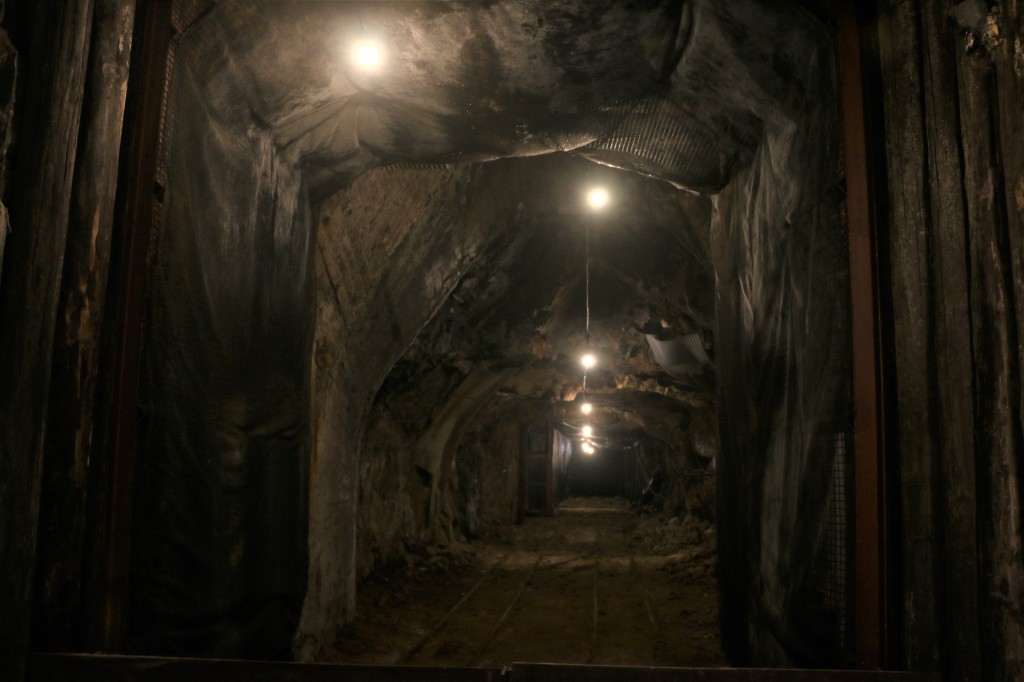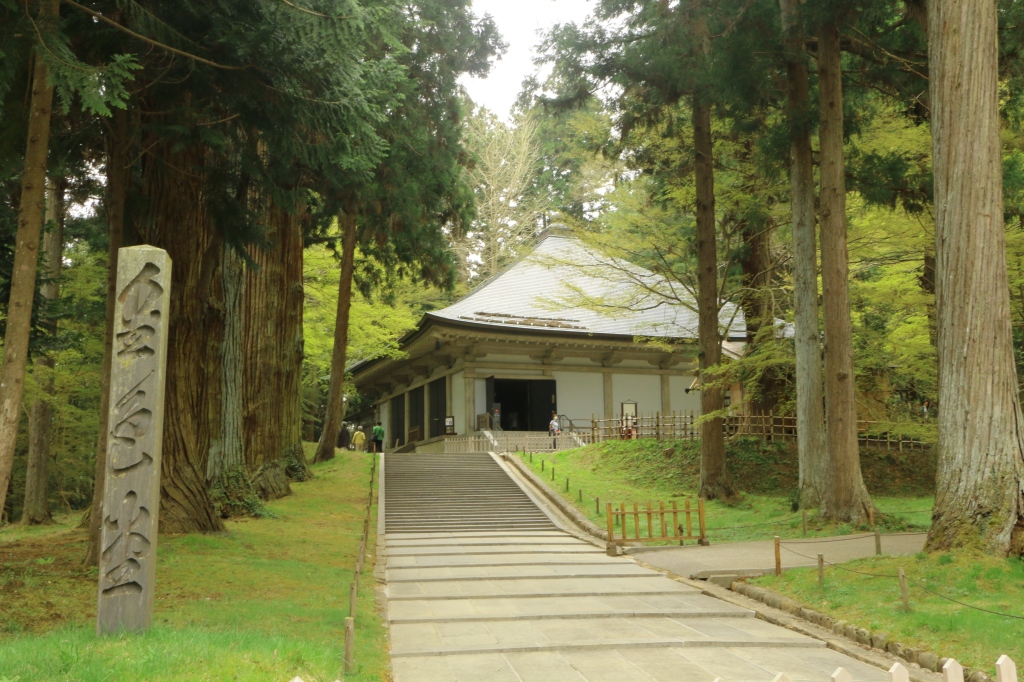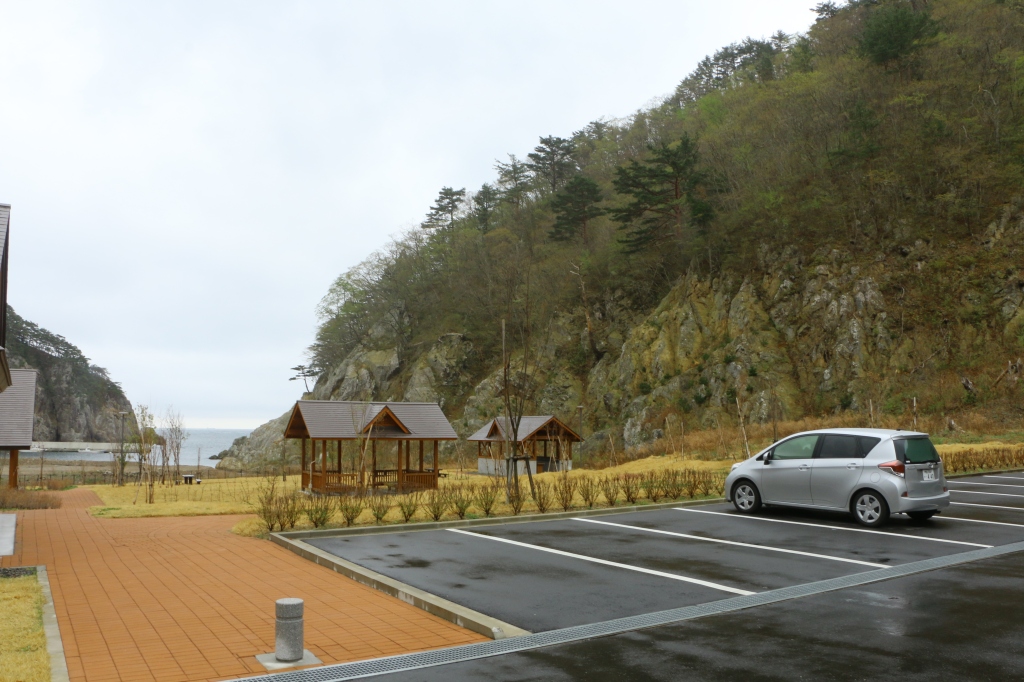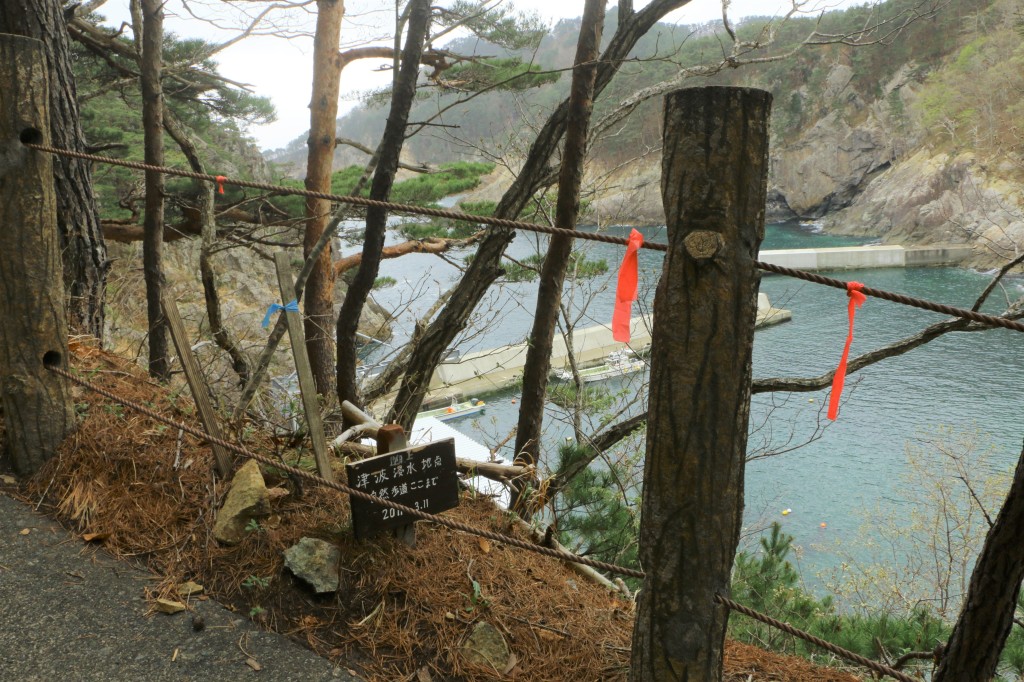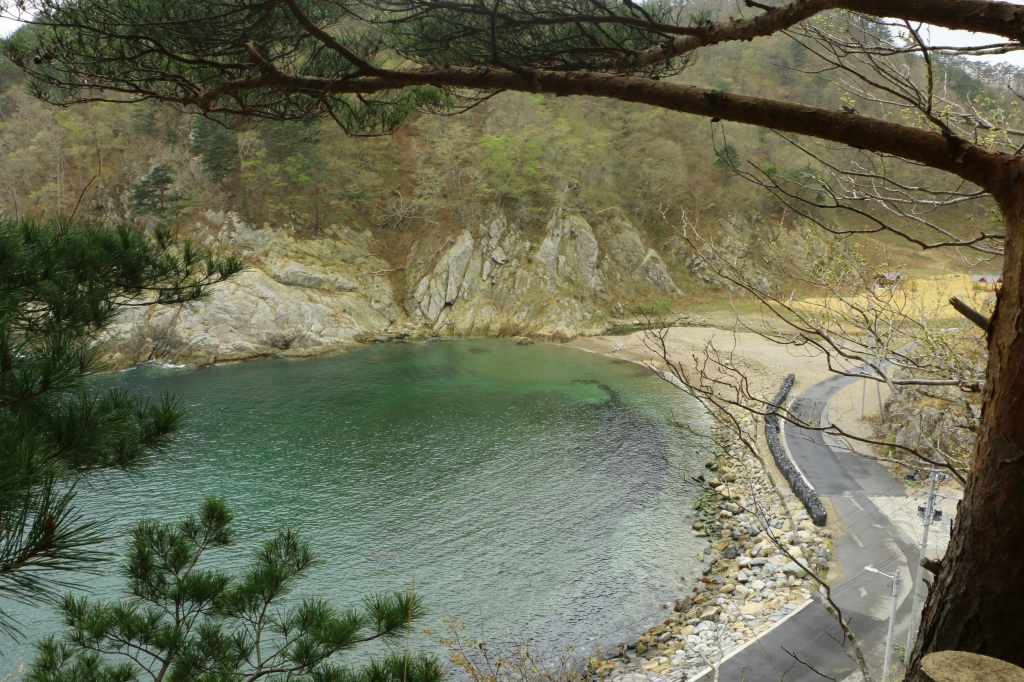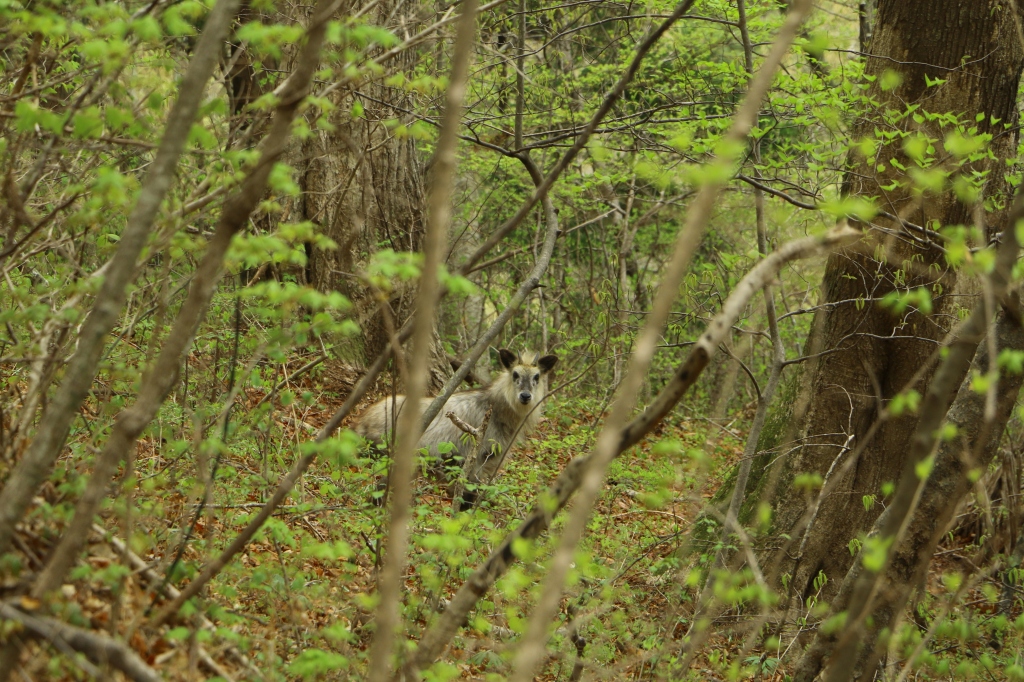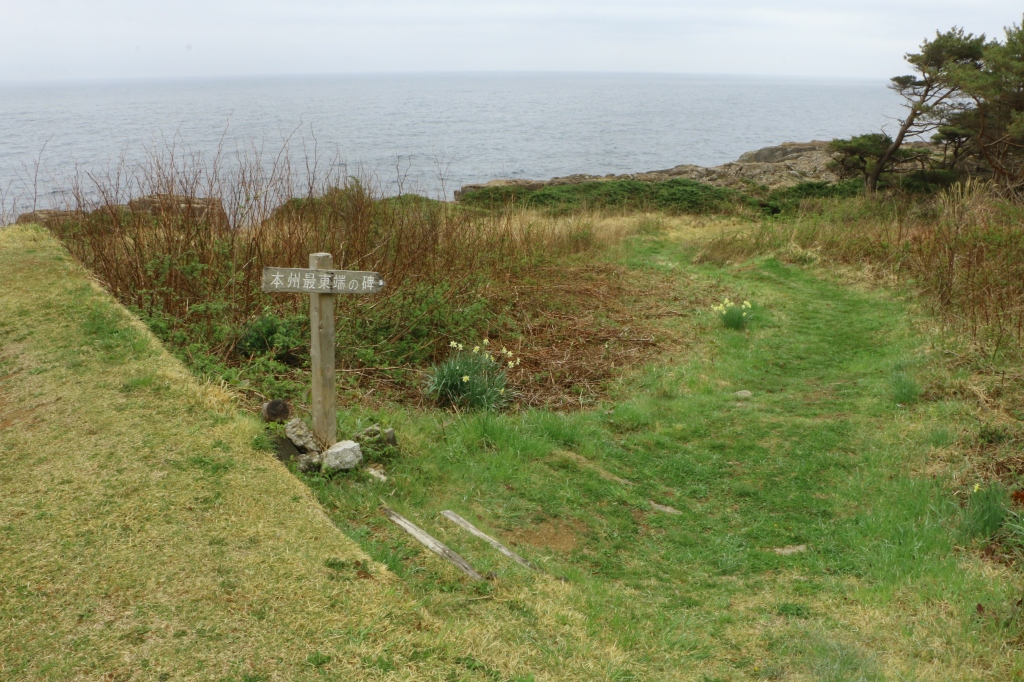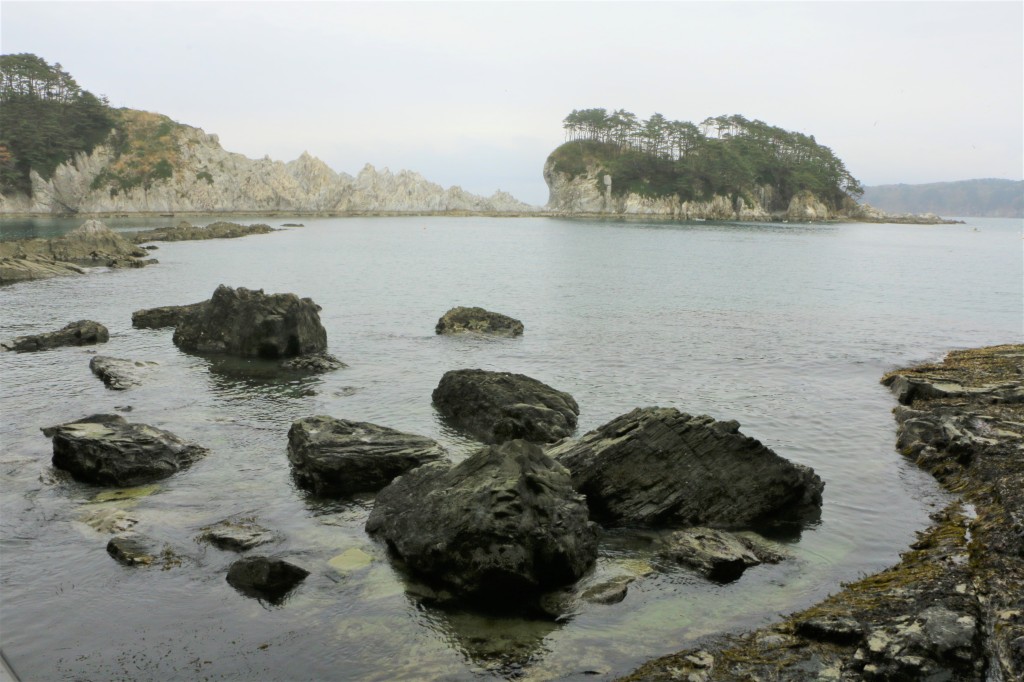Back in April 2018 B.C. (Before COVID-19. Also: Before Child), my husband and I actually went on holidays. Neither of us had been to Tōhoku, the most northern tip of mainland Honshu, because it was that one place in Japan that seemed too inaccessible and frankly, nothing from there had ever jumped out at us. It isn’t a very common holiday destination for Japanese and foreign tourists alike. But when we booked our flights to Japan for late April, we thought, could this be the magical time of year where we get to experience sakura AND snow? We knew we had to go to Tōhoku to find out.
Having been a travel agent in my past life, I absolutely love creating the perfect itinerary. So, I started researching places of interest in Tōhoku because at that stage, I had nothing. No idea where to go or what to do. In my head, I thought that it was just an agricultural area with only rice paddies and apple orchards. Lo and behold, the more I researched, the more I found Tōhoku has so much to offer. Suddenly, we were faced with a dilemma because we realised that we wouldn’t be able to see everything that we had pinned on our map in the limited time that we had. Who would’ve thought that there would be too much to see and do in Tōhoku? We knew that there was a good chance that we wouldn’t be back for a holiday again for a while, so we decided to try and cram as much in on this trip as possible. Challenge accepted!
Now that Japan has opened up to the rest of the world, maybe you are in the midst of planning your own off-the-beaten-track itinerary. If so, this post is for you! Here is our fast-paced, action-packed 9 day road trip around Tōhoku, taking in all of the highlights. This is going to be a long diary post, friends. Grab yourself a cup of tea and strap yourselves in for the ride!
Day 1: Fukushima to Zaō (roughly 350km travelled)
We flew into Fukushima airport early in the morning and had a rental car waiting for us. (Oh, by the way, we didn’t book accommodation and planned to sleep in the car for the whole trip.. yeah. You read that right. #tightbudget) My husband hired a Toyota Ractis because he had read on a blog somewhere that the seats fold down to create a relatively flat bed to sleep on. When we got to the car we were overcome with nervous laughter because it wasn’t much bigger than my small hatchback at home, and we had to squeeze not only ourselves in, but 2x suitcases, snowboards, and snowboard gear for the next 8 nights. Who said we aren’t adventurous?
Off we went towards the coastline and the Fukushima Dai-ichi Nuclear Power Plant. I was living in Japan back when the Great Tōhoku Earthquake and Tsunami Disaster happened in 2011 and was curious to see how the area was getting on 7 years later. It was a huge detour and added hours onto our trip, but I am so glad we went. Even though we only did a quick drive through, it stirred up a lot of emotion in us both so I will try and write about this experience in a separate post later on down the track to do it justice.
We then headed back inland. We had to make the difficult call to skip the Miharu Takizakura, and to be honest I’m still bitter about this. No idea what I’m talking about? Google it. Go on, I’ll wait. Isn’t it the most majestic sakura you’ve ever seen? And we passed up the chance to see it in peak cherry blossom season. Who does that? But, historical city Aizu Wakamatsu was waiting. And lord knows I love a good castle. We explored the unique hexagonal temple Sazaedō and Tsuruga-jō in the late afternoon golden light and it was all stunning. I wish we could have slowed down and explored this town in more depth over a few days.
The sun went down, and we had nothing left to do but head to our destination Zaō for the night. Somewhere along the way, in the dark, we saw a hill illuminated with hundreds of pink and white sakura so we made a quick pit stop to check it out. It was an eerie onsen town with faint matsuri music playing in the distance. We walked under the canopy of night sakura in the shrine gardens on the side of a hill. It was pure Japan magic. I felt like I had crossed over into the spirit realm like in Spirited Away. What a great start to our road trip.
Day 2: Zaō to Naruko Onsen (roughly 220km travelled)
We survived the night sleeping in the Ractis! It was freezing, so we both slept in our snowboarding jackets under a thin cheap blanket. It was definitely a step up from the time when we slept in the car in the middle of the Japanese Alps totally unprepared and thought we were going to die from hypothermia, but that’s another story for another day. This time, before going to bed and first thing in the morning, we indulged in the free public onsen in Zaō to keep us nice and toasty. The catch was, it was a sulphur spring so we both vaguely smelled like eggs. And now the car smelled like eggs. Mmmmm.
We were hopeful to get some snowboarding in at Zaō, but it was a warm day, and it didn’t look like there was much snow on the mountain. We didn’t like our chances, so we took the scenic mountain route through cherry country to our next stop, Yamadera. This whole area is so incredibly beautiful in a Japanese hometown, “furusato” kind of way. I would move here in a heartbeat and live the slow countryside life and eat as many cherries as my stomach would allow. We hiked through the ancient forest and up the roughly 1000 steps through the Yamadera temple complex. The views from the top make you want to sit down, take a deep breath (also from climbing 1000 steps), contemplate life and write a haiku. The abundance of cherry flavoured stuff in the gift shop/ café at the bottom of the mountain was also a nice little treat once we made it back down.
On the way to Matsushima, we made a quick stop in Sendai, where we bought a futon set so we would be a bit comfier sleeping in the Ractis (ha!). My husband and I are weirdly obsessed with daibutsu and daikannon (giant Buddha and goddess statues) so of course we had to check out the Sendai Daikannon! And she was indeed a beauty. But let’s talk about Matsushima. If, unlike us, you aren’t time and resource poor, and you find yourself in this neck of the woods, do yourself a favour and book a night in Matsushima. There is a reason it is one of the “3 Best Views of Japan”. The beautiful bay is dotted with hundreds of pine tree filled islands begging to be explored by foot and boat. We rushed around a few of the islands and ate some of the local delicacies like oysters and beef tongue. 7 years on, the town was still recovering from the 2011 tsunami and there was a lot of construction going on. Luckily most of the islands were saved because of the protected bay.
Day 3: Naruko Onsen to Todogasaki (roughly 230km travelled)
We woke up in Naruko Onsen, which is a quaint little hot spring town nestled between a river and a rugged mountain range. From there, we made the short drive to Naruko Gorge. I had high hopes for Naruko Gorge, but what I didn’t account for was that we were probably visiting in the wrong season. A quick Google image search will show you photo after photo of the iconic bridge over the gorge surrounded by fiery Autumn foliage. However, we went in Spring on an overcast day and it was just a blur of brown and grey. Not to mention the walking track down into the gorge looked dodgy as hell and was closed for maintenance. Bummer.
Next up, we stopped at a place called Hosokura Mine Park and went exploring deep down in an abandoned zinc and lead mine. I know! I told you we are adventurous like that. It was a theme park of sorts and even had an official mascot, so you know it’s legit. How good are Japanese B-Kyuu (B-grade) spots.
Chuusonji was our main destination for the day. Chuusonji is a beautiful, 900+ year old Buddhist temple complex in Hiraizumi. This was one of those places where you can instantly feel the history and the energy through the worn paths, the ancient pine trees, the landscaped gardens, and the aged wooden buildings. The moegi (new, bright green leaves) on the Japanese maples were on point, and the sakura were in full bloom. There was a kick-ass open air Noh theatre, and I would have given anything to watch a performance there. Chuusonji houses a historically significant building, the original Konjiki-dō, dating back to 1124. I’d recommend not going at peak time in the middle of the day so you can get a good view. Lunch was Morioka reimen, and hello! Where have you been my whole life? Noodles and fruit in a cold spicy soup sounds wrong on so many levels, but let me tell you, it was so right. Definitely add this to your list.
We headed towards the coastline again because our aim was to explore the most Easterly point of the Japanese mainland the next day. Right before our eyes appeared the majestic Kamaishi Daikannon looking out over the ocean. You know we are crazy for big statues, so we tried to enter, but it had already closed for the day. My husband was so upset. Not even the stray cats in the carpark could cheer him up. He would legitimately come back to Tōhoku just so he could come here and tick it off the list.
After a bit of respite and a haircut (why not?) at Aeon Mall, we loaded up on konbini snacks and drinks and set out to make it to our destination, Aneyoshi Campground, for the night. Out of all the driving we had done on this road trip thus far, this leg was by far the most treacherous! It was a pitch-black night on an isolated coastal road with overgrown curbs, hairpin turns and cliffs! What more could you want for a night-time driving adventure? We were on the edge of our seats the whole time, and the drive seemed to take hours. By the time we arrived at our destination, I’m pretty sure we had both aged about 10 years. Luckily my grapefruit Strong Zero (IYKYK) was still slightly cold. It went down a treat.
Day 4: Todogasaki to Hachimantai (roughly 150km travelled)
In the morning, we could see where our dark and winding drive brought us. We were in a narrow valley, with steep rocky hills on either side and an inlet leading to the Pacific Ocean right in front of us. There was a sign next to the carpark with a diagram of the tsunami evacuation route up the hill. There was no one else around. I was slightly freaked out. This place was wild.
We started walking the 3.7km along the Michinoku Shiokaze Trail to Todogasaki, the most Easterly point. Halfway along our trek, we came face to face with a kamoshika, or Japanese serow! It was my first time seeing one of these mysterious creatures up close in the wild. Is it a goat? Is it a deer? Is it an antelope? I had no idea. It was like I had found a rare Pokèmon. We locked eyes with this grey man of the forest, neither of us moving, and then after a beat it awkwardly hopped away downhill through the scrub. Very cool. We explored the rugged coastline and lighthouse grounds at Todogasaki, then trekked back to the car. We didn’t pass another human being the entire time.
Next up was Jōdogahama. Jōdogahama is a stunning beach with tall jagged white rocks jutting out of the crystal clear, calm water. The weather was grey, miserable, and absolutely freezing so we didn’t hang around for too long, but this was another one of those places where, on a nicer day, I would’ve loved to spend a whole day, do all the walking trails, maybe do a boat tour or hire one of those little peddle boats that look like a swan.
Hubby finally entrusted me with the rental car, and I drove us to Morioka while he caught up on some beauty sleep. The goal was to go to picturesque Koiwai Farm, eat some soft serve and get some photos of cows and sakura trees at the base of majestic Mt. Iwate. However, we arrived there too late. It was already closed. Story of our lives. As a consolation prize, the gift shop was open, and they had a lonely looking cheesecake that we kindly adopted.
We were excited to try wanko soba for dinner that night. The wanko soba challenge costs you around 3,200 yen. You get an assortment of toppings like tuna, nori, daikon oroshi, mushrooms e.t.c. on your table and unlimited small bowls of soba noodles with your own dedicated waitress. The goal is to try and eat as many bowls of soba as you can. As soon as you finish your mouthful of soba, your waitress tops you up with more, all the while encouraging you and egging you on to eat more “hai, don don”. The rules are: 1) You aren’t allowed to leave the table to go to the bathroom, and 2) You are only finished when you put the lid on your bowl. Hubby was proud that he demolished 120 bowls and he got a little plaque to commemorate his achievement. I couldn’t stop thinking about the poor person in the kitchen stuck with the washing up.
Stay tuned for Part 2… to be continued!



